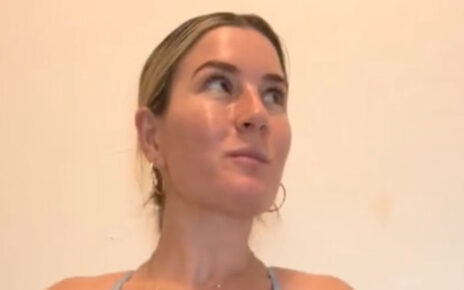
We use your sign-up to provide content in ways you’ve consented to and to improve our understanding of you. This may include adverts from us and 3rd parties based on our understanding. You can unsubscribe at any time. More info
Kate, Princess of Wales and Prince William announced their engagement in November 2010, following a nine-year relationship. William presented Kate with his mother’s beautiful sapphire engagement ring. According to Garrard, the official maker of the iconic sapphire engagement ring, the ring was not bespoke for Princess Diana, its design was inspired by a brooch Prince Albert commissioned for his bride-to-be Queen Victoria in 1840. Express.co.uk spoke exclusively to the diamond experts at The Diamond Store about the design of the ring and its value.
A spokesperson revealed how Princess Diana’s ring was made: “The ring features a 12-carat blue sapphire, surrounded by 14 solitaire diamonds.
“The sapphire originates from Ceylon. Ceylon sapphires are the finest in the world, with the richest colour and best clarity.
“Adding extra dazzle to the ring are 14 diamonds, probably about 0.40 to 0.50 carats each, with a high colour and clarity quality, probably between D/Vvs1 or D/IF.
“The stones are secured in a white gold setting. When Princess Diana, the original owner, received the ring from Prince Charles, the sapphire was held with only eight claws.

“But she had it altered, and now the sapphire is held in 14 claws – in all likelihood, to make it extra secure so it could never fall out.”
In terms of what the value of the ring is, they added: “The ring originally belonged to Princess Diana. When Prince Charles proposed to her in 1981, its original price was said to be just under £40,000.
“Today, partly due to 41 years of inflation, but also because of its historical importance, the ring is worth about 10 times more, around £400,000.”
The diamonds around the sapphire make the ring more expensive, if the ring was just designed with a sapphire, it would be worth less.
The diamond experts said: “The total weight of the 14 solitaire diamonds in Kate’s ring is probably around six carats. Today, in a high-quality grade, they could set you back up to £3,000 per diamond, so up to about £42,000 for the 14 diamonds. The ring could therefore be worth about £300,000-£350,000 without the diamonds.”
The Diamond Store spoke about the impact of the extra diamonds around the sapphire and how it makes a ring look more expensive. They said: “Diamonds placed around a central gemstone in a ‘halo’ or ‘petals’, can achieve several things.
“Firstly, they make the ring’s overall size look bigger. Secondly, they provide extra sparkle. And finally, they offer an eye-catching, brilliant-white colour contrast against the coloured gemstone.
“Absolutely any gemstone shape including round, pear, oval, geometric or even fancy shapes like hearts can be surrounded by diamonds.


“There are a few clever ways in which you can make your engagement ring look more expensive,” the experts said.
“Firstly, you could opt for a three-stone ring like Meghan Markle, with three diamonds or coloured gems instead of one.
“This design is surprisingly affordable because three smaller diamonds will often cost less per carat than one big gem, yet look bigger and more luxurious as they stretch across the width of the finger.
“Secondly, elongated gemstone or diamond cuts like the oval cut, the emerald cut, the marquise cut or the pear shape all fool the eye as they seem bigger and more luxurious than a round cut – even if they are the same carat weight.
“Lab-grown diamonds and gems are another interesting option. For example, lab-grown sapphires are real sapphires that are grown in a laboratory using a method that replicates the way in which Mother Nature grows sapphires under the earth.
“They are quite a bit more affordable per carat than mined sapphires. So you can get a genuine, large gemstone for the same budget you’d get a more humbly-sized mined stone for,” they explained.
“Additionally, lab gems are a sustainable option that saves our planet, so they literally ‘do not cost the earth’ – which is a huge added benefit.”
Source: Read Full Article

